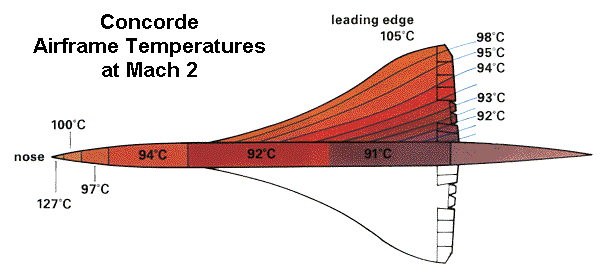WASHINGTON — A Raytheon-built
Standard Missile 3 Block 1B interceptor failed to hit a medium-range ballistic missile Oct. 31 in a complex U.S. Missile Defense Agency test involving multiple targets. The test, announced by the agency after the fact Nov. 1, called for the Aegis Ballistic Missile Defense and Terminal High Altitude Area Defense (THAAD) systems to take on two ballistic missile targets while the former simultaneously conducted an “anti-air warfare operation.” The Aegis system uses the SM-3 as its ballistic missile interceptor. It was the first test failure involving an SM-3 variant since October 2012, breaking a string of six straight successes. The SM-3 Block 1B, an upgraded version of the Block 1A, was declared operational last year. Advertisementgoogletag.cmd.push(function() { googletag.display('div-gpt-ad-1433272633157-1'); }) In its press release, the MDA said the Oct. 31 events were part of a “complex” demonstration of a “layered defense architecture.” At about 11:05 p.m. local time, a U.S. Air Force C-17 aircraft near Wake Island in the western Pacific Ocean launched a short-range missile target. The target was detected by a AN/TPY-2 radar in terminal mode and a THAAD interceptor launched and successfully intercepted the target. At the same time, a second C-17 launched a medium-range ballistic missile. This target was detected and tracked by an AN/TPY-2 radar in forward-based mode and by a AN/SPY-1 radar aboard the USS John Paul Jones, which is equipped with the Aegis Ballistic Missile Defense system. Almost immediately after that launch, a BQM-74E air-breathing target launched from a test support plane. Both the Aegis and THAAD systems launched interceptors at the medium-range missile. The SM-3 Block 1B, launched from the John Paul Jones, was the first to engage the missile but missed its mark due to what the MDA characterized as an anomaly with the interceptor. The THAAD interceptor subsequently hit the target. Meanwhile, a Standard Missile-2 Block 3A guided missile from the Aegis system successfully approached the air-breathing target and would have destroyed it had it been carrying its explosive warhead, the MDA said. As planned, the interceptor was not carrying the warhead, meaning the target can be used again, the agency said. The MDA’s experimental Space Tracking and Surveillance System satellites observed the launches and gathered data for future analysis, the release said. The MDA has begun an investigation into the failed SM-3 intercept. Amanda Schildt, a spokeswoman for SM-3 prime contractor Raytheon Missile Systems of Tucson, Arizona, referred questions about the test to the MDA. - See more at:
http://spacenews.com/sm-3-interceptor-misses-mark-in-complex-test/?mkt_tok=3RkMMJWWfF9wsRohs63AZKXonjHpfsX67e8uW6ag38431UFwdcjKPmjr1YQES8R0aPyQAgobGp5I5FEIQ7XYTLB2t60MWA==#sthash.svuOmiBi.dpuf


 Это уже цирк какой-то: " Я не знаю почему, но я прав" - Ваша позиция. Извиняюсь за сравнение, но это как с Breeze говорить., но с ним то всё ясно.
Это уже цирк какой-то: " Я не знаю почему, но я прав" - Ваша позиция. Извиняюсь за сравнение, но это как с Breeze говорить., но с ним то всё ясно.
 если эти 1500Вт/м2 не отводить системой охлаждения, то что получится с этой Вашей стелс-обкладкой чрез некоторое время?? её температура расти не будет???
если эти 1500Вт/м2 не отводить системой охлаждения, то что получится с этой Вашей стелс-обкладкой чрез некоторое время?? её температура расти не будет???

